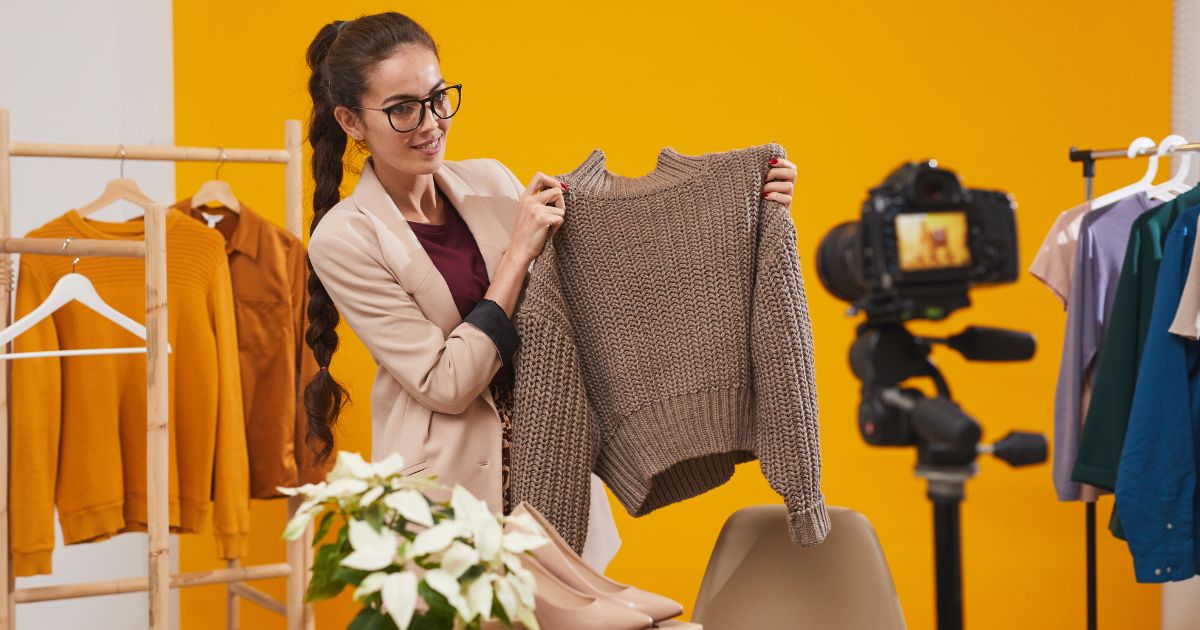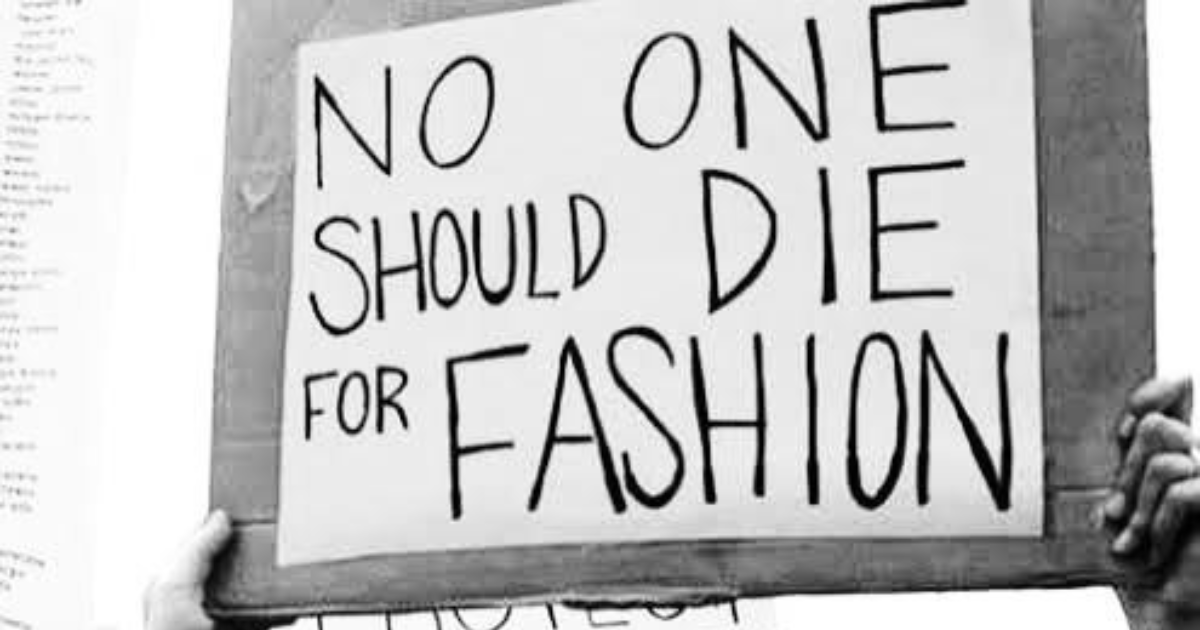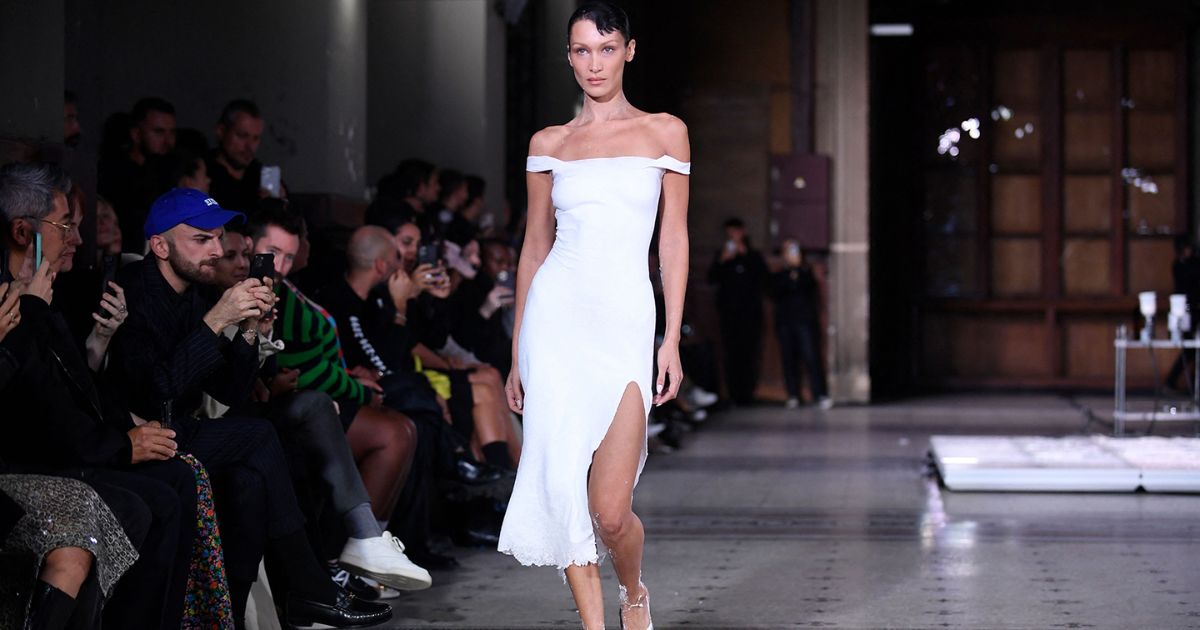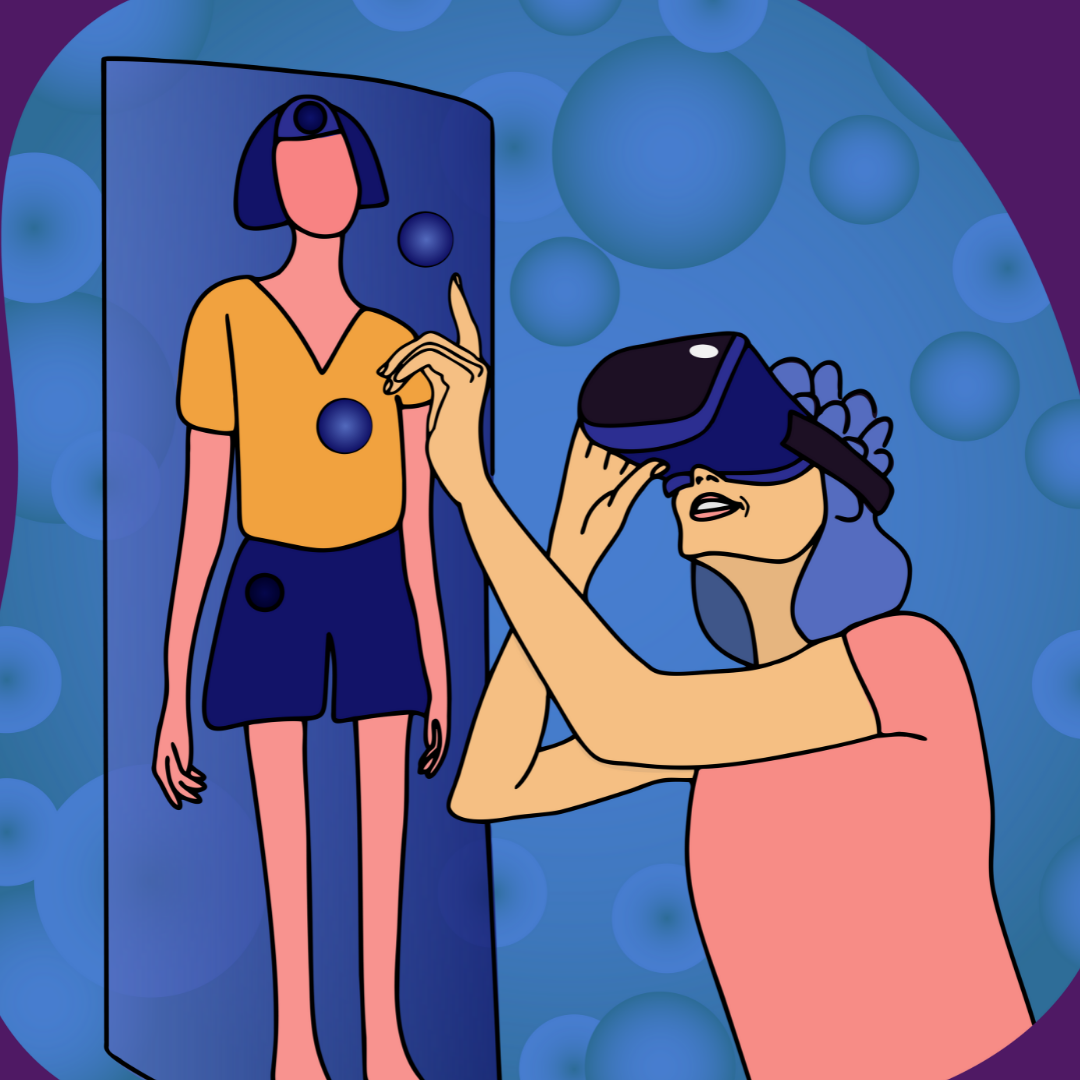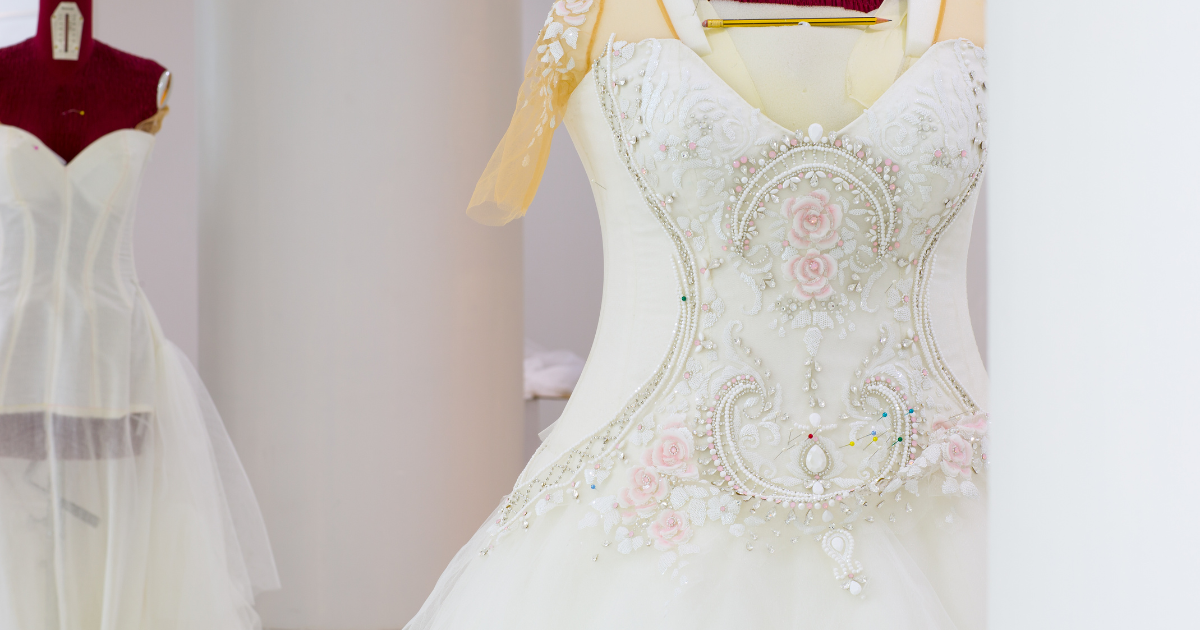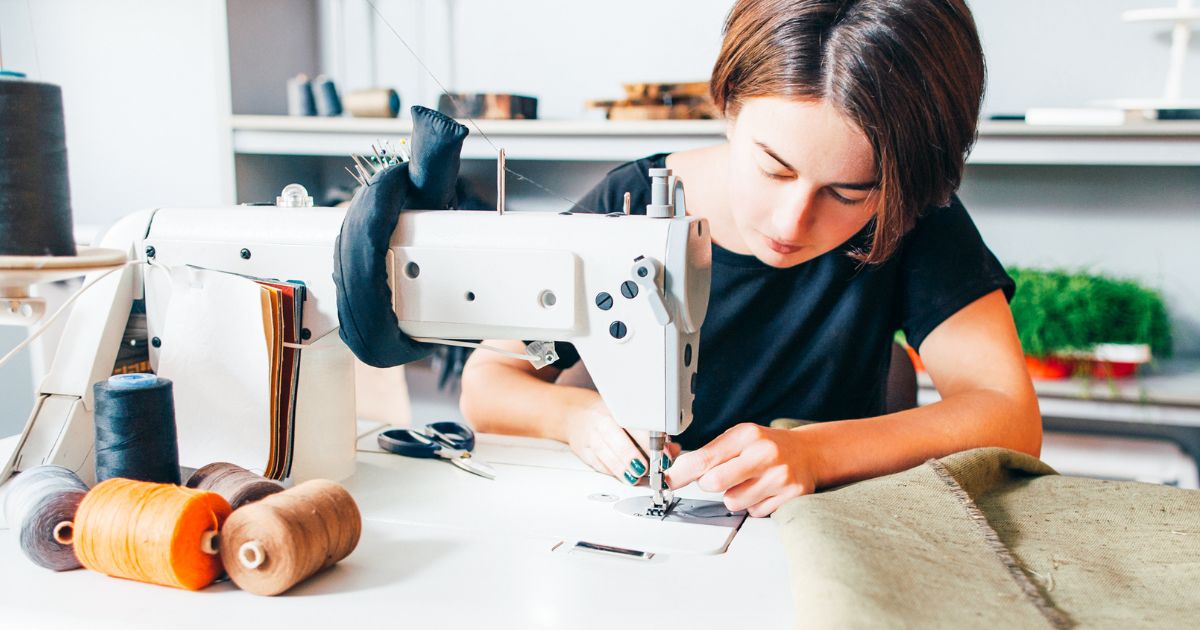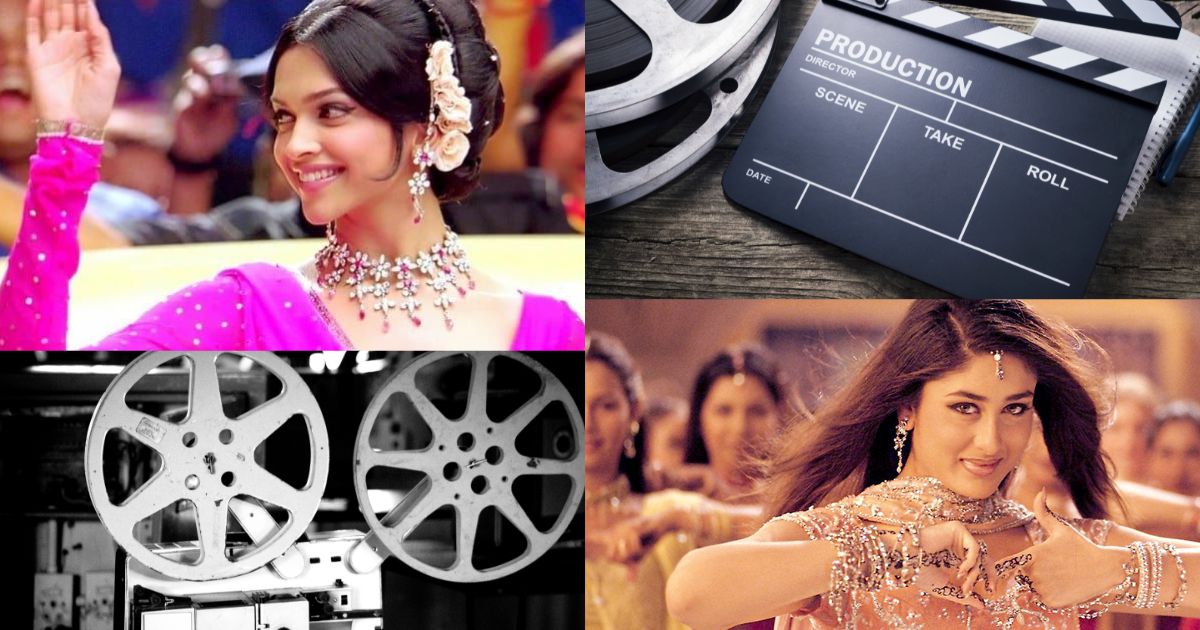The current market is more consumer-focused than manufacturer-focused. Why is the current market so consumer-focused, one might wonder, because globalisation and consumer awareness levels have both had a big impact. Therefore, the maker or suppliers of the goods and services employ a variety of alternatives to remain competitive or to expand the market. These possibilities refer to acts that are done directly or indirectly to promote sales. Blogging is one method used for these promotional initiatives. Blogging’s origins are to expressing opinions about specific products or analysing and engaging with developments relating to goods or services. The fashion industry is one of the sectors that has really embraced blogging as it continues to expand.
Fashion
Fashion is ever-evolving, a little elusive, and highly alluring. It has the ability to alter an impression by making a political statement.In terms of dress or behaviour, it is described as “the dominant style or custom: out of fashion.” It is a form of art whereby individuals attempt to extend their personal expression.
Blog
A website that features the personal experiences, views, opinions, etc. of a writer or group of writers and frequently includes photographs and connections to other websites. In the form of an online journal, it enables users to reflect, exchange ideas, and talk about many subjects, and viewers can leave comments on posts. It is typically written in an informal or conversational style and is updated on a frequent basis.
Bloggers are writers or groups of writers who publish such blogs. The blogs can be written on a variety of subjects, including those covered in the points that follow, including technology, food, travel, weddings, and fashion.
Fashion Blogger
Blogs about the fashion industry, apparel, and individual style statements are referred to as fashion blogs. It covers a wide range of topics, including attire, accoutrements, celeb fashion choices, street style trends, individual style, and many more.
Characteristics of Fashion Bloggers
- Writing is the foundation of blogging, whether one likes it or not, thus it must be clear, strong, and well-composed. Readers may become confused and unable to grasp without the ability to write clearly. It actually diverts blog readers from what they are reading.
- Vision: A fashion blogger has a vision for the future in addition to their personal vision and thoughts to share with the public. They are aware of how to present material as current and new.
- Make it Relevant: Without pertinent content, a blog post, no matter how well written or instructive, is a waste of time. When composing a blog article, relevance should come first. Be aware of your audience and decide what will be both suitable and relevant. Find the crucial information that is missing and present your individual viewpoint.
- Professional attitude: Even if there isn’t much financial gain from blogging, the blogger always views it as an extension of his business.
- The first guideline for effective communication is to respond. Follow up on any emails you receive and comments you get on your pages. Your blog’s readers are its lifeblood; establish relationships with them so that they will return and refer their friends.
- Confidence: In the world of fashion, self-assurance is essential. It is a world where criticism is encouraged. Not everyone will share your views or preferences. Readers will criticise your dog, shoes, and hair in their comments. If you don’t exude confidence, it doesn’t matter how slim or attractive you are or how nice your shoes are. People will follow you if you are confident, which will also make your style stand out. You have to fake it until you make it if you don’t yet have a lot of confidence.
The emergence of new media has contributed to the rapid rise of fashion bloggers as a powerful force inside the fashion sector. Fashion blogs are more likely to have an impact on the industry as a whole than on an individual level because reading multiple blogs led to changes in trend adoption and purchase behaviour.
The idea behind fashion blogs, which are now highly wealthy and rising enterprises, was that they would serve as online diarists and fashion enthusiasts. With a sizable audience and fan base, these bloggers also frequently develop into well-known celebrities in their own right, publishing books, appearing in advertisements, working on collections with others, making affiliate sales, collaborating with brands, creating their own collections, charging appearance fees, and even hosting shows. With this, they may travel the world on other people’s dime, receive amazing designer goods for free, receive gifts all the time, and gain enough free publicity overall. The most lucrative bloggers earn well into the million dollar level each year.
Fashion designers are starting to recognise the influence that these bloggers have as they increasingly frequent the front row of fashion shows. In a similar vein, businesses have been willing to provide bloggers with free goods in the hopes that they will tell their readers about their brand experiences. The effect that personal fashion bloggers have on their readers, however, has not been the subject of a lot of research. The goal of this exploratory study is to learn more about how fashion bloggers affect their readers’ attitudes and behaviours, which may ultimately result in the acceptance of fashion trends.
There are many opportunities for fashion bloggers to make money, but once they start working with large audiences, they first engage in various actions to increase the number of people who follow their site and earn out of their writing practices of blogging.
When fashion brands emphasise on fashion blogs, the perceived honesty and sincerity of their brands might grow. It is commonly accepted that a fashion brand is not solely under the brand’s control. Instead, fashion bloggers’ legitimate and sincere endorsements are increasingly affecting how people view fashion firms. The buying process for consumers can be influenced by the advice of fashion bloggers at many points, from the acknowledgement of a search through the actual purchase. Modern businesses have altered the way they attract customers’ attention by adopting innovative and sophisticated digital marketing techniques. As blogs are targeted and realistic ways to gain visibility and potential customers, businesses have begun to see the benefits of using them as a marketing strategy. Blogger advertising offers the fashion business a huge window of opportunity for market communication, where viewpoints on legitimacy and impact can be seen as superior to those connected with traditional advertising.
The expansion and development of affiliate link networks is primarily to blame for the meteoric rise in the earnings of bloggers, especially those who focus on personal style. Bloggers can earn money from the products they suggest or showcase by using affiliate links. The idea is that they’d be featuring the products anyway; now they’re just making money off of it. For personal style bloggers who recommend various products a day, affiliate links can bring in serious money.
In addition to the substantial compensation from affiliate link schemes and lucrative brand alliances, Flaherty predicts that “bloggers are going to morph into their own full-scale brand, whether that means things on the shelves, a television series, or novels” for the next stage of blogging. Because of the instantaneous spread of information on social media, which led to the switch to visual blogging on Instagram, the development of social media has greatly aided fashion bloggers in disseminating their style within the market much more quickly. Instagram may be a suitable choice as a replacement platform because it has some impact over how buyers perceive trends.
Social networking is expanding quickly. Due to the widespread dissemination of information through social networking, every action is now noticed in today’s environment. Blogging has its roots in the internet and other online information exchange platforms. Blogging only functions through informative media, and it is expanding as a result of being widely available. Blogging was adopted by the fashion industry before it was used in any other type of profession, and it was well-received by the general public.
Sources
- HAYLEY PHELAN ( 11 April 2014), Fashionista, HOW PERSONAL STYLE BLOGGERS ARE RAKING IN MILLIONS https://fashionista.com/2013/08/how-personal-style-bloggers-are-raking-in-millions
- Grechen Reiter (August 2014) Independent Fashion Bloggers, How to get started with affiliate marketing https://heartifb.com/how-to-get-started-with-affiliate-marketing/







